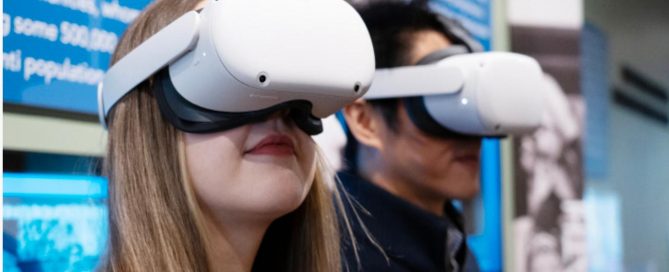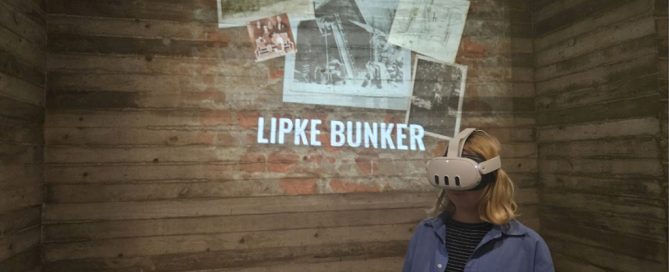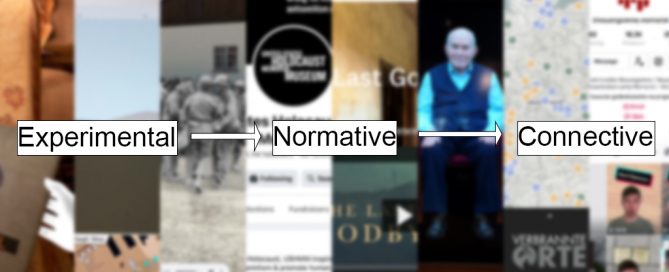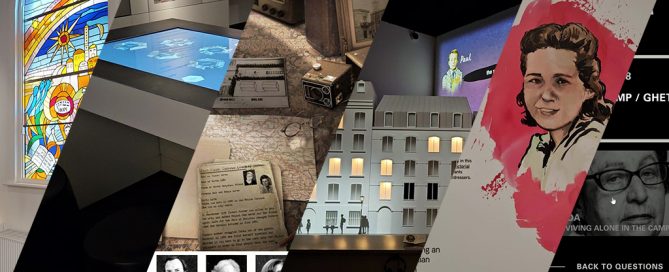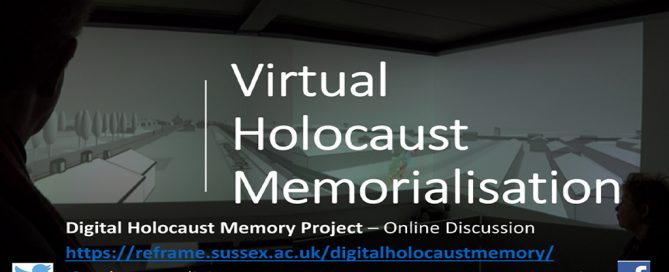How Can We Ensure A Sustainable Future for Digital Holocaust Memory?
In a new working paper published by the United Nations, our Director Prof. Victoria Grace Richardson-Walden highlights key interventions needed from policymakers and funders to help shape digital Holocaust memory at a global scale. As our research has evidenced, there is a huge amount of ‘digital imagination’ in the Holocaust heritage and education sector, but this is rarely matched with the necessary infrastructure to support the creation of digital projects and their long-term maintenance. Furthermore, professionals often feel like they are reinventing the wheel, when colleagues elsewhere have already learnt the lessons, which they find themselves facing with each new digital venture. During our research, we have encountered many defunct apps, alongside old hardware that could no longer allow updates to programs, unstable data connectivity, missing content, bugs and other problems. 'Sustainability Crisis' A new working paper, published by the United Nations, describes this as a ‘sustainability crisis’. Its findings were informed by a workshop we held with policymakers, funders and transnational stakeholders in June 2024 in response to our recommendation reports. The workshop was held together with The Holocaust and the United Nations Outreach Programme, in the United Nations Department of Global Communications. ‘Sustainable Digital Futures for [...]
